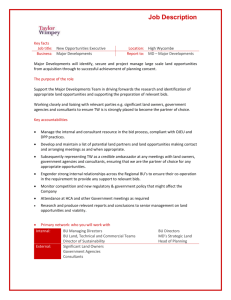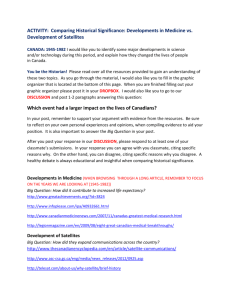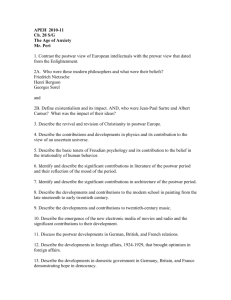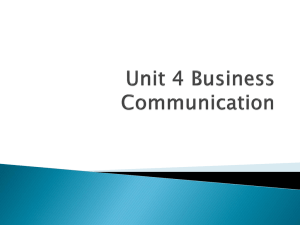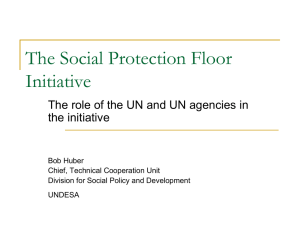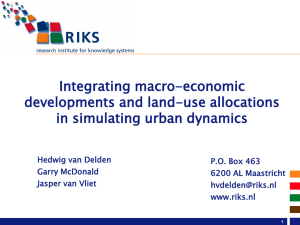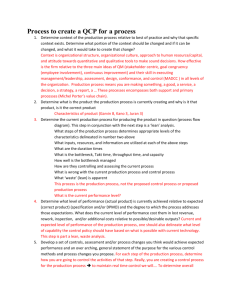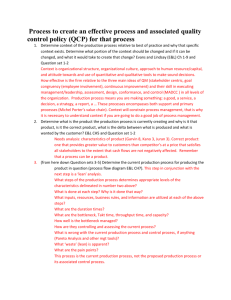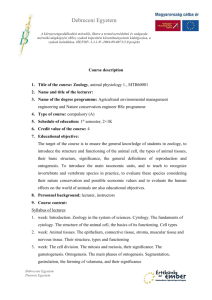World Civilization II Outcomes 45.568k
advertisement
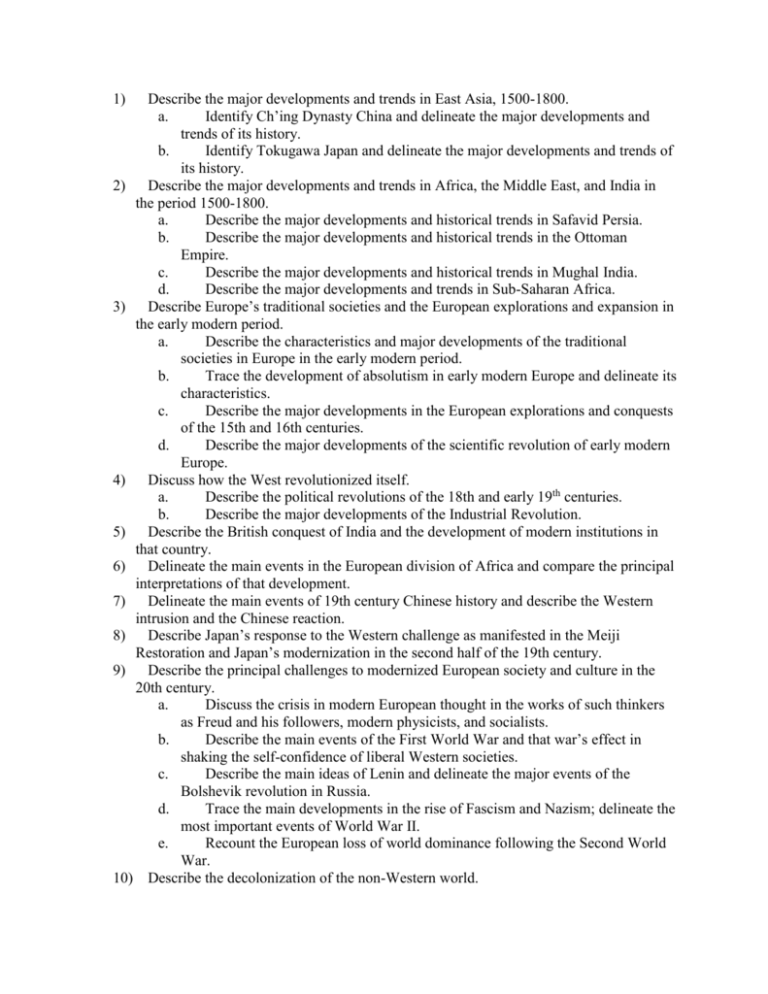
1) Describe the major developments and trends in East Asia, 1500-1800. a. Identify Ch’ing Dynasty China and delineate the major developments and trends of its history. b. Identify Tokugawa Japan and delineate the major developments and trends of its history. 2) Describe the major developments and trends in Africa, the Middle East, and India in the period 1500-1800. a. Describe the major developments and historical trends in Safavid Persia. b. Describe the major developments and historical trends in the Ottoman Empire. c. Describe the major developments and historical trends in Mughal India. d. Describe the major developments and trends in Sub-Saharan Africa. 3) Describe Europe’s traditional societies and the European explorations and expansion in the early modern period. a. Describe the characteristics and major developments of the traditional societies in Europe in the early modern period. b. Trace the development of absolutism in early modern Europe and delineate its characteristics. c. Describe the major developments in the European explorations and conquests of the 15th and 16th centuries. d. Describe the major developments of the scientific revolution of early modern Europe. 4) Discuss how the West revolutionized itself. a. Describe the political revolutions of the 18th and early 19th centuries. b. Describe the major developments of the Industrial Revolution. 5) Describe the British conquest of India and the development of modern institutions in that country. 6) Delineate the main events in the European division of Africa and compare the principal interpretations of that development. 7) Delineate the main events of 19th century Chinese history and describe the Western intrusion and the Chinese reaction. 8) Describe Japan’s response to the Western challenge as manifested in the Meiji Restoration and Japan’s modernization in the second half of the 19th century. 9) Describe the principal challenges to modernized European society and culture in the 20th century. a. Discuss the crisis in modern European thought in the works of such thinkers as Freud and his followers, modern physicists, and socialists. b. Describe the main events of the First World War and that war’s effect in shaking the self-confidence of liberal Western societies. c. Describe the main ideas of Lenin and delineate the major events of the Bolshevik revolution in Russia. d. Trace the main developments in the rise of Fascism and Nazism; delineate the most important events of World War II. e. Recount the European loss of world dominance following the Second World War. 10) Describe the decolonization of the non-Western world. a. b. Describe the development of the major anti-colonial ideologies. Describe the decolonization of the following areas: i. The Arab World ii. India iii. Africa c. Describe the Chinese and other Leninist revolutions in the non-Western world. 11) Describe the principal developments in the non-Western world since decolonization. a. Discuss the problems of development, including population growth, agricultural adjustments, attempts to industrialize, and struggles for stable political institutions. 12) Describe the major trends in the Western world since World War II, including the following areas: a. Eastern Europe b. Western Europe and the English-speaking countries outside Europe 13) The student will develop and utilize critical thinking and communication skills in order to gain a global and historical perspective.



